‘Not really a flight risk’: Court orders fraud accused Zimbabwean’s release on R5k bail in appeal
In San Rafael, just outside the capital Quito, the scientific company Wikiri is raising 12 species of frog. Some are native only to Ecuador, while others are at risk at disappearing from their natural habitat elsewhere.
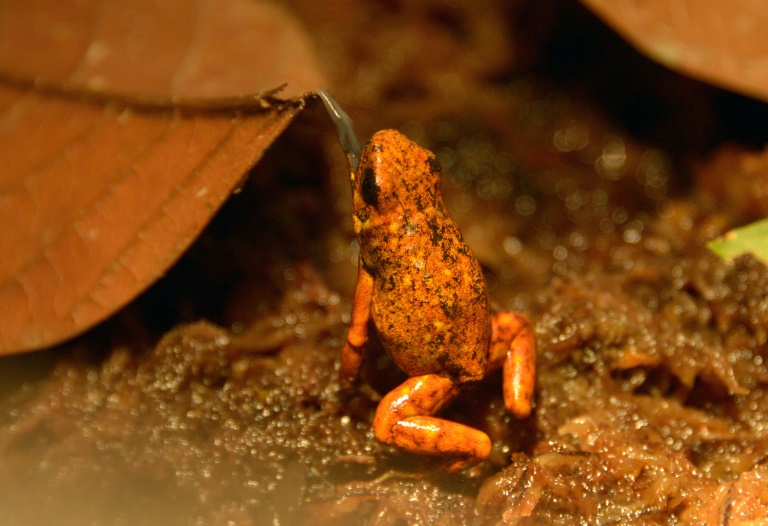
Poachers in Ecuador have long known the hefty prices their country’s rare frogs can fetch. But now environmentally conscious firms are starting to sell the amphibians too — to try to save them from the black market and threatened extinction.
After being raised in hundreds of terrariums, they are sent to Canada, the United States, Japan and various European countries for up to $600 each.
That high value “gives you an idea just how profitable that activity (frog poaching) can be,” Lola Guarderas, manager of the facility, told AFP.
To illustrate her point, Guarderas showed a glass frog, with translucent skin through which its organs and beating red heart could be seen, as it moved along the edge of its container.
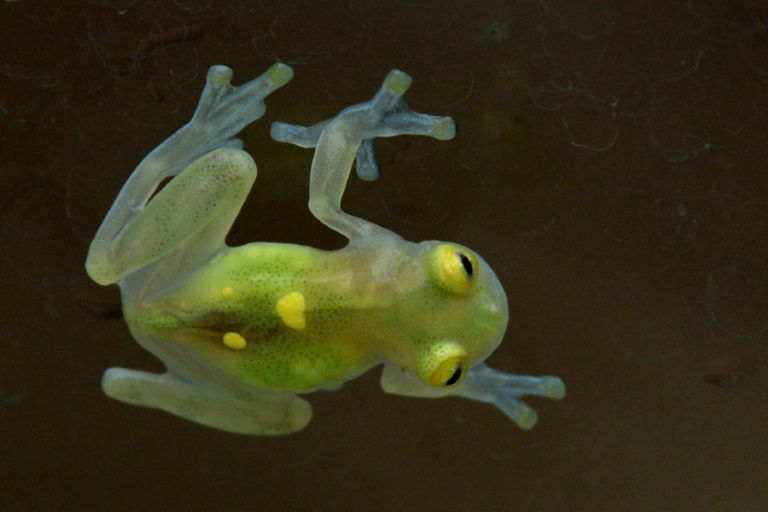
Scientific company Wikiri is raising 12 species of frog. Some are native only to Ecuador, while others are at risk at disappearing from their natural habitat elsewhere.
On the company’s grounds — 5,000 square meters (54,000 square feet) made up of big gardens alongside a river — the frogs are reproduced in labs, so as not to affect local fauna.
They are then put into an “ethical bio-trade” circuit that is the opposite of the poachers’ illegal smuggling and sales.
“It’s totally different from the illegal trade in species, of those who go directly into areas to catch all (the frogs) they can to then export them, to the detriment of the animals in the forest,” Guarderas said.
– Breakthrough lab reproduction –
As well as running the frog farm, she is a coordinator for the Jambatu Center, which researches and preserves amphibians, and is hosted by Wikiri.
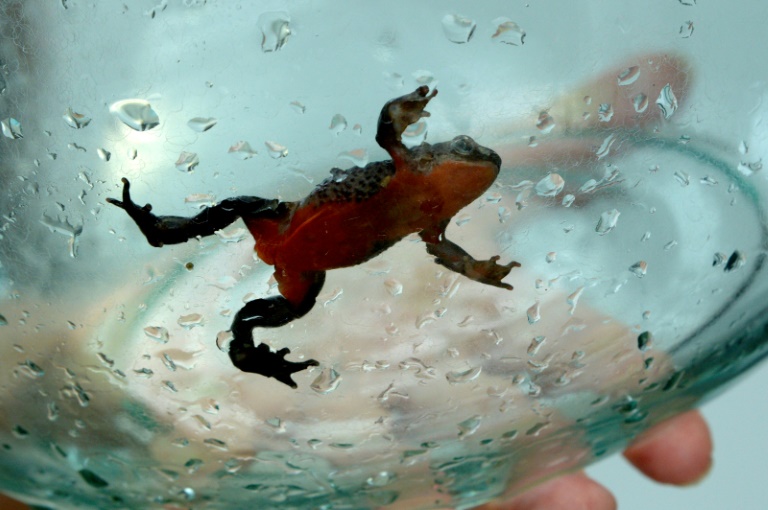
Ecuador, a relatively small South American nation, is home to one of the biggest displays of biodiversity on the planet.
Ecuador, a relatively small South American nation, is home to one of the biggest displays of biodiversity on the planet.
It holds more than 600 species of frogs, of which nearly half can be found only in the country.
According to Ecuador’s environment ministry, 186 of the species are at risk of becoming extinct.
Authorities have banned the capture and sale of all wild animals.
But that hasn’t stopped the illegal trade from the Amazon — sprawled across Brazil, Peru, Colombia, Bolivia, Ecuador, Venezuela, Guyana and Suriname.
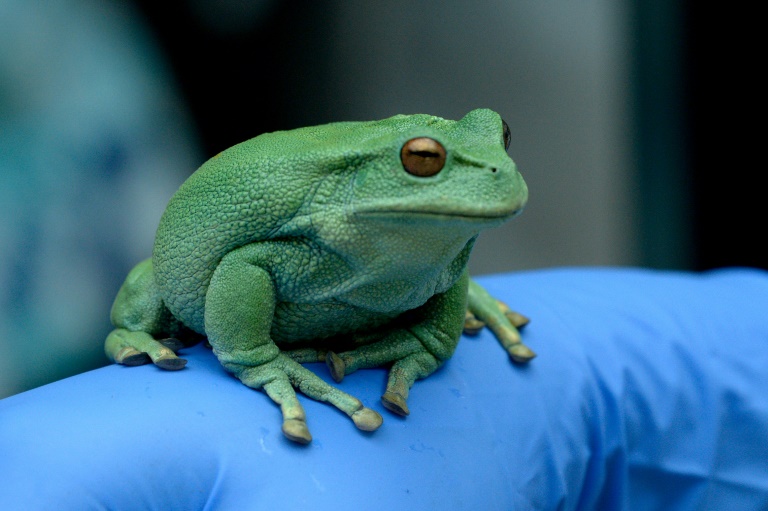
Authorities in Ecuador have banned the capture and sale of all wild animals — but that hasn’t stopped the illegal trade from the Amazon, sprawled across Brazil, Peru, Colombia, Bolivia, Ecuador, Venezuela, Guyana and Suriname
The activity is estimated to have brought in $1.3 billion for those involved between 2005 and 2014, ecological associations say.
Recently, the Jambatu Center announced something of a breakthrough: the reproduction in captivity for the first time of Atelopus ignescens, or the Quito stubfoot toad.
The black amphibian used to be widespread in Ecuador’s Andean regions but was thought to have become extinct three decades ago — until a tiny population was found last year.
Forty-three of the toads were taken to the Jambatu Center which, after several tries, managed to procure 500 tadpoles from one couple.
– Illegal trafficking is ‘big’ –
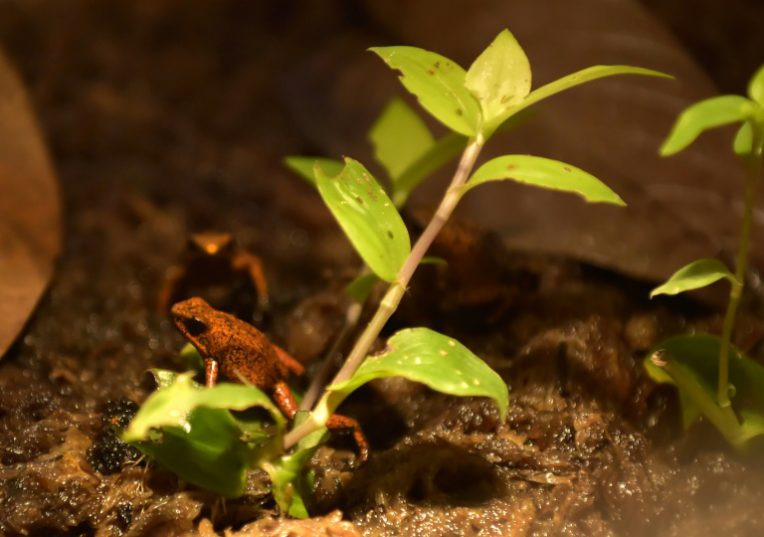
“Illicit trafficking in amphibians in the world is a very big activity,” biologist Luis Coloma, director of the Jambatu Center research facility, told AFP.
In total, the research facility works on around 40 species typically found in Ecuador or otherwise native to several other South American countries.
A dozen are offered for export, including the Agalychnis spurrelli, or gliding tree frog; the Cruziohyla calcarifer, or splendid leaf frog, with its striped yellow belly and long legs; and the Hyalinobatrachium aureoguttatum, which has a translucent body dotted with yellow spots.
Around 500 frogs per year are sold, adding to an annual flow from other Latin American countries that amounts to as many as 7,000, sent everywhere in the world.
The hope is to undermine the black market trafficking of the animals.
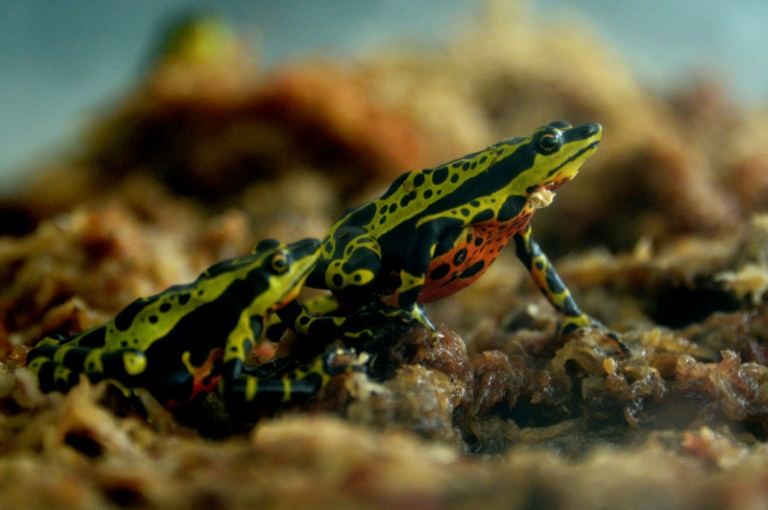
Ecuador has more than 600 species of frogs, of which nearly half can be found only in the country.
“Illicit trafficking in amphibians in the world is a very big activity,” biologist Luis Coloma, director of the Jambatu Center, told AFP.
That activity adds to other dangers faced by the frogs, some species of which risk sudden extinction as their habitat is wiped out by encroachment, pollution or climate change.
According to Ecuador’s environment ministry, 18 frog species have already apparently disappeared, robbing the country of some of its rich biodiversity.
Download our app and read this and other great stories on the move. Available for Android and iOS.